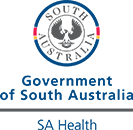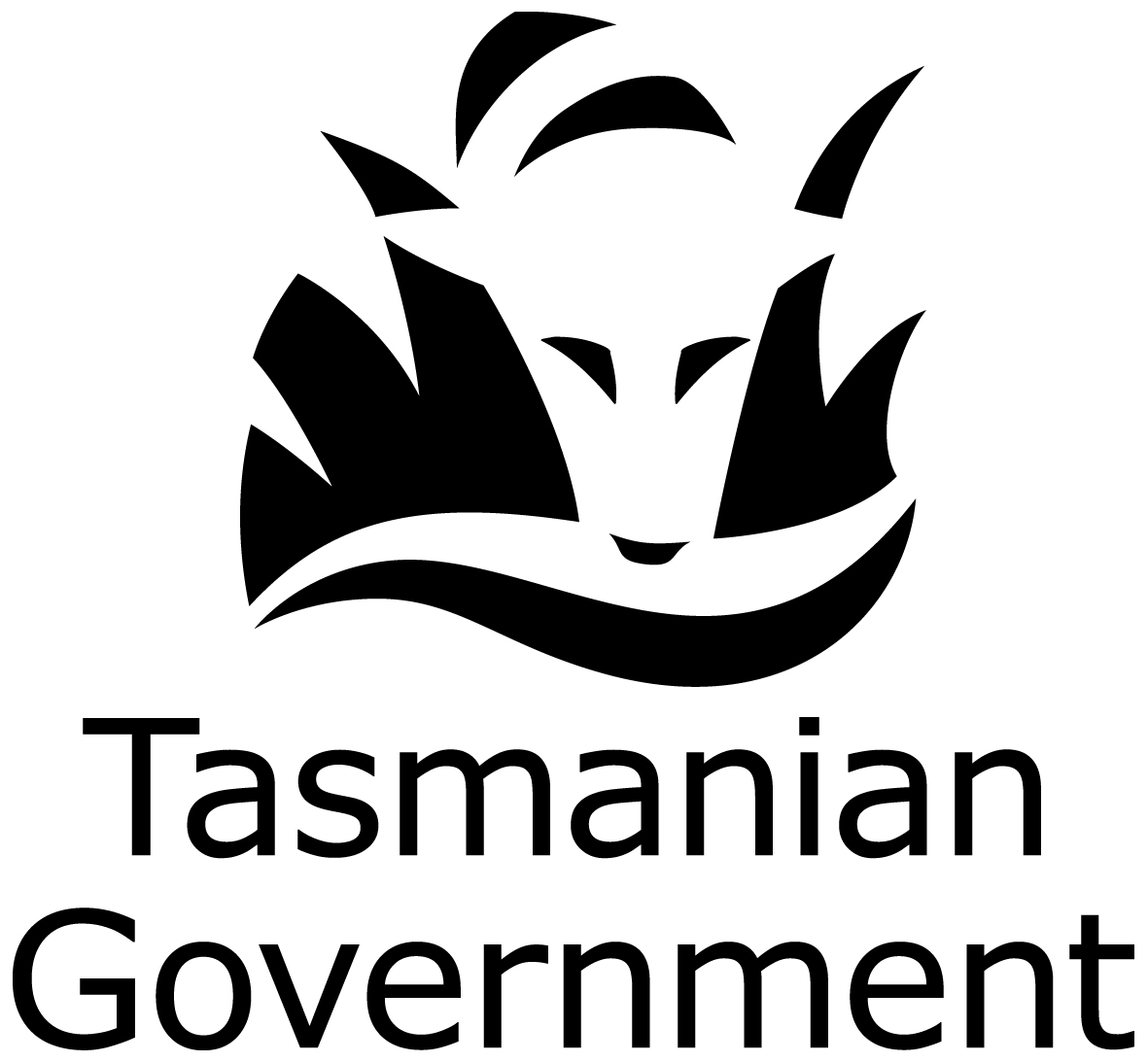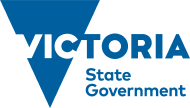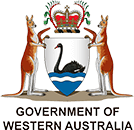Cerebral palsy
Cerebral palsy damages your nervous system affecting your movement and coordination. Read more about the causes and risk factors.
Read more
Nervous system diseases
Find out more about specific nervous system diseases, including signs and symptoms of particular conditions, how they are diagnosed and where to go for support.
Read more
Muscular dystrophy
Muscular dystrophy is a group of inherited diseases that cause muscle weakness. Learn more about the different types, symptoms and treatment options.
Read more
Scoliosis
Scoliosis is the term given to an abnormal curve of your spine. Learn more about scoliosis causes, symptoms, diagnosis and treatment options
Read more
Dysphagia (difficulty swallowing)
Find out about the symptoms, causes and diagnosis of dysphagia (difficulty swallowing), when to see your doctor and how this problem can be treated.
Read more
Flat feet (fallen arches)
Flat feet is when your foot's arch is lower than normal. It can cause pain in your foot, leg or elsewhere. Learn more about treatment options here.
Read more
Dysarthria
Dysarthria is when muscles used to breathe and speak are weakened or paralysed, slurring your speech. Learn about causes, symptoms and management.
Read more
Speech pathology
Speech pathologists help people with communication and swallowing problems. Learn more about speech pathologists, what they do and how they can help.
Read more
What is a congenital disorder?
Health problems present from birth include any health condition that a baby is born with and are sometimes called birth defects, birth differences or congenital anomalies.
Read more
What do paediatricians do?
Paediatricians diagnose, treat and provide care for babies, kids and teenagers; including illnesses and physical, mental and behavioural development.
Read more









